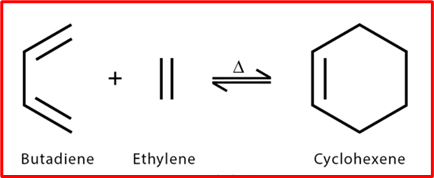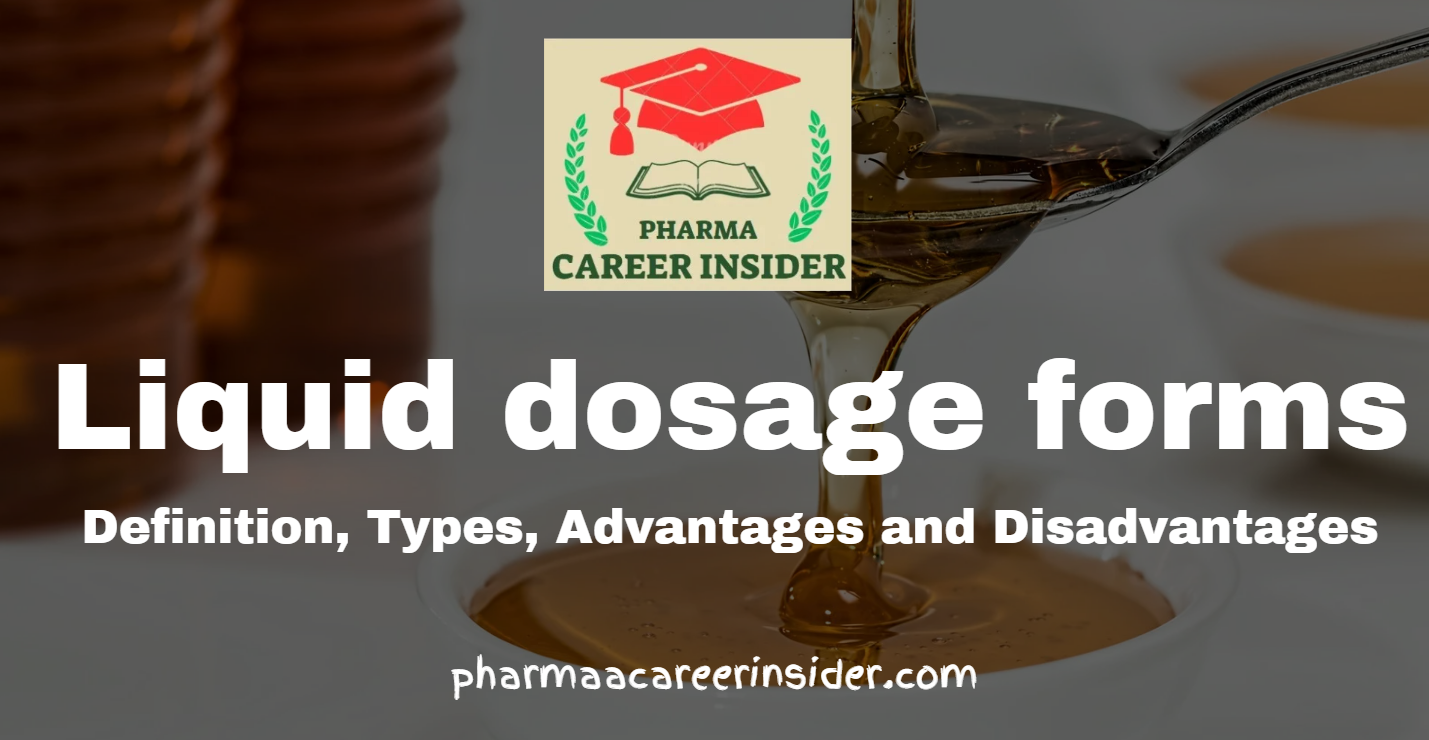Several methods for preparing cycloalkanes are tailored to the specific starting materials and desired products. Here are some common methods:
1. From Di-halogen Compounds: Suitable 1,3 or 1,4 di-halogen alkanes react with sodium or zinc to form cycloalkanes.

2. From Aromatic Compounds: Benzene can be converted into cyclohexane through catalytic hydrogenation at high temperature and pressure.

3. From Calcium or Barium salts of Dicarboxylic acids: Heating the calcium or barium salt of adipic, pimelic, or suberic acid produces a cyclic ketone. Clemmensen Reduction readily converts cyclic ketones into the corresponding cycloalkanes.

4. From Esters of Dicarboxylic acids (Dieckmann Reaction): When the diester of adipic, pimelic, or suberic acid is treated with sodium, it undergoes intramolecular acetoacetic ester condensation, resulting in the formation of a keto-ester. When this keto-ester is hydrolyzed, it produces corresponding cyclic ketones. These cyclic ketones can be reduced to yield the corresponding cyclo-ketones.

5. The Diels-Alder reaction: The Diels-Alder reaction is a chemical process that creates a substituted cyclohexene derivative. This reaction involves a conjugated diene and a substituted alkene, which is also called the dienophile. The reaction forms a new six-membered ring by combining a diene with a pi bond.





